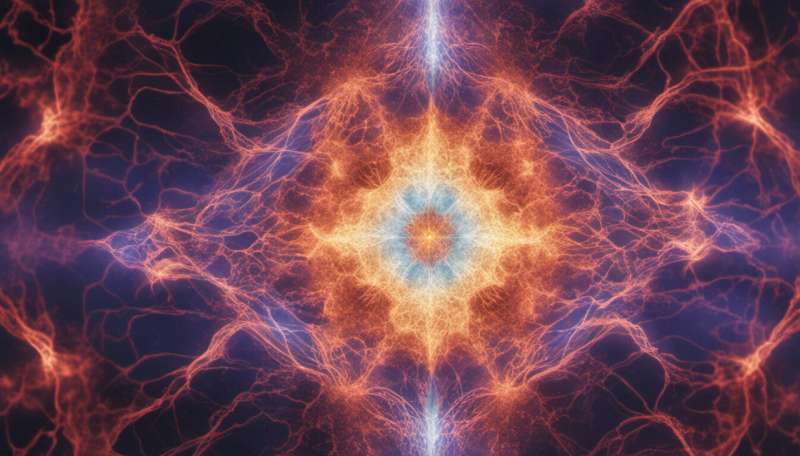Laser beam orientation controls light's quantum properties

Quickly switching the orientation of a laser beam enables control over the quantum properties of light.
Classical computers process data as a series of ones and zeros known as bits; in contrast, quantum computers encode information into the physical properties of an information unit known as a quantum bit, or qubit. Two or more qubits are then able to link together to speed up the processing efficiency, enabling quantum computers to tackle mathematical problems beyond the capability of conventional machines. However, reliably creating the precise multiple qubits required for quantum-computer protocols remains a challenge.
Individual packets of light—photons—are quantum mechanical systems that could act as qubits. A photon stores information in its polarization—the plane in which its associated electric field oscillates. Recently, Leonid Krivitsky at the A*STAR Data Storage Institute in Singapore and co‐workers demonstrated a technique that can create pairs of photons within a broad class of quantum states.
"The ability to generate well-controlled quantum states of light is essential for quantum optics and quantum information experiments," says Krivitsky. "Whereas methods are well developed for generating arbitrary pure states of photons, there are limited approaches to creating mixed states."
Krivitsky and co-workers started by aiming a linearly polarized laser beam at a crystal. The nonlinear optical properties of the target meant that the incoming light generated pairs of photons in a quantum state known as a Bell state. The photons paired in a Bell state are either both horizontal or both vertical, with equal probability. Two such Bell states are achievable depending on the polarization of the laser light.
The researchers controlled the laser light using a device known as a liquid crystal retarder (LCR), which can quickly rotate optical polarization. By changing the shape of the voltage driving the LCR, the researchers blended the two Bell states into mixed states of any desired purity and entanglement.
Preparation of a quantum state with a specific mixture of probabilities of horizontal or vertical photons is crucial for some quantum algorithms, but previous approaches have involved complicated optical equipment. "Our method does not require a sophisticated optical setup," says Krivitsky. "It is versatile—it can be plugged into any existing setup—and is insensitive to mechanical vibrations."
The team is now working to find an equally simple detection method so that the results of a quantum calculation can be 'read out'. "We are developing an advanced protocol that can directly and quickly characterize these mixed states," says Krivitsky.
More information: Dai, J., Len, Y. L., Teo, Y. S., Krivitsky, L. A. & Englert, B.-G. Controllable generation of mixed two-photon states. New Journal of Physics 15, 063011 (2013).
Journal information: New Journal of Physics




















